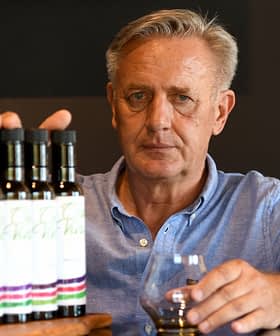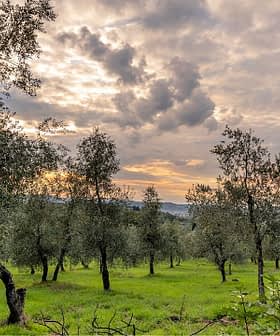Part of our continuing coverage of the 2020 NYIOOC World Olive Oil Competition.
Italian producers featured prominently in the 2020 NYIOOC World Olive Oil Competition and combined to earn the most awards of any country with a total of 139.
While winning companies hailed from across the country, brands from the southern region of Calabria claimed five of the industry’s most coveted quality awards.
My ancestors’ first mill was made up of a stone pulled by an ox. We wanted to bet on the quality of our product. We set up an innovative oil mill through which we can control every step of the process.
Stretching from the famed toe of the Italian boot to the start of the heel, the mountainous peninsula is the second-largest olive oil-producing region in the country. While many Calabrian producers have long-established and deep roots in the sector, others have experienced have more recently emerged, in part propelled by quality distinctions garnered at the NYIOOC.
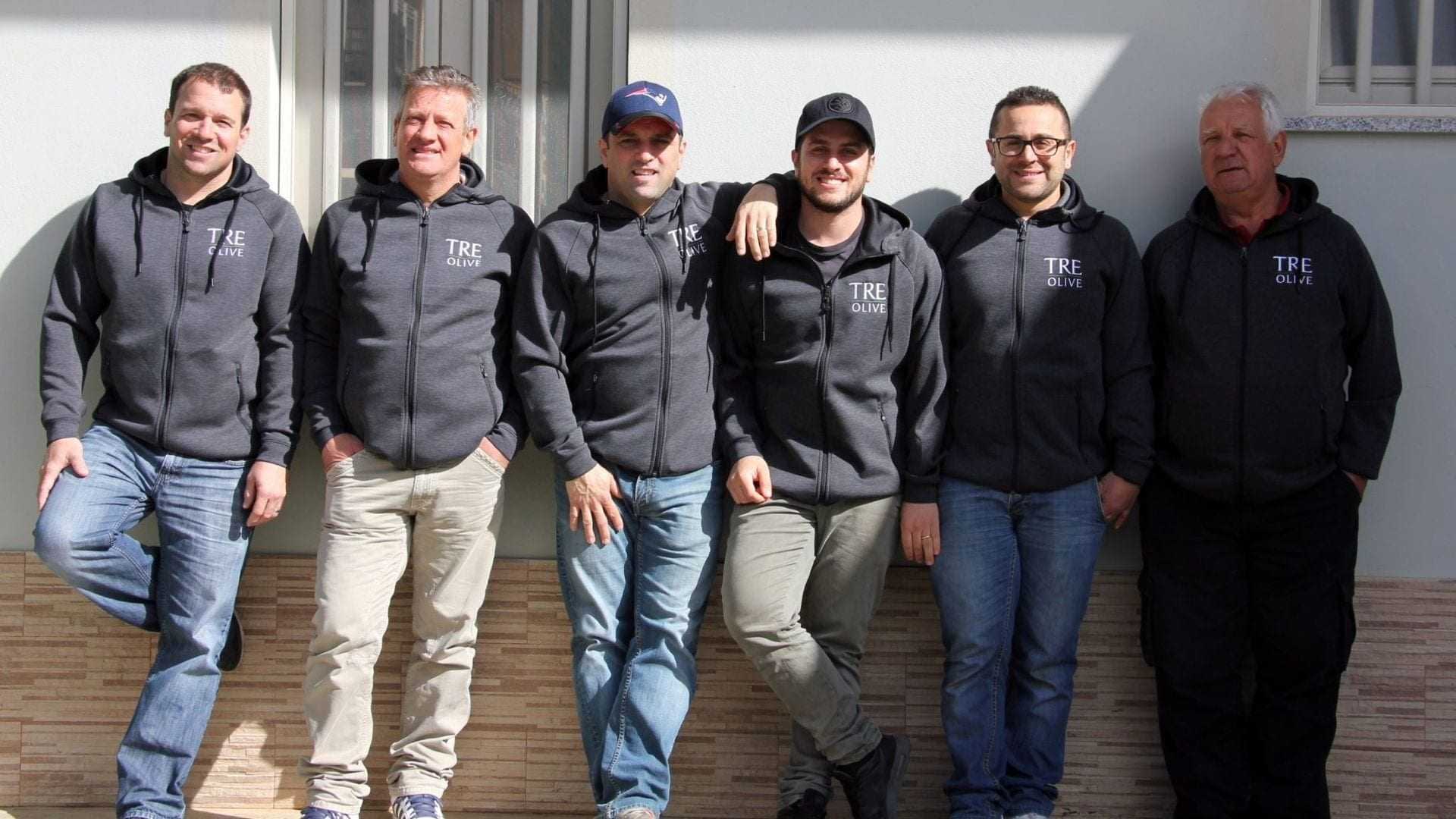
Investments in their olive mill led to success for Tre Olive’s producers
“I still remember when we began selling our olive oils to the local market in our village, Mesoraca,” Pietro Pollizzi, owner of Enotre, told Olive Oil Times. “We would sell a bottle or two per week. And now we have won a Gold Award at the 2020 NYIOOC.”
See Also:The Best Olive Oils from ItalyOver the past 10 years, Enotre has slowly become a standard-bearer of the local cultivar, Carolea. Its flagship product, Olio Enotre, is an organic oil to which the 2020 NYIOOC panel of judges attributed tasting sensations of artichoke, herbs, pink pepper, green tea and olive leaf.
“Its unique taste comes from the Carolea cultivar blended with the Nocellara,” Pollizzi said. “Carolea is a delicate olive, which has to be carefully managed. The harvesting is done early, in the first days of October, to retain its polyphenolic properties.”
Olio Enotre is already being exported to the United States, but Pollizzi hopes to expand the farm’s exports to new and more unconventional markets.
“More recently, we delivered our products to Japan and we began exploring both export and production in the north of Ethiopia,” he said.
Pollizzi, who also manages hundreds of trees in Veneto, the northern Italian region, also hopes to begin cultivating new groves in Eritrea, Ethiopia’s neighbor.
“The climate there is just perfect for our vision of olive growing,” he said.
From decade-old producers to multi-generational families, the Calabrian winners of the NYIOOC – much like the region itself – have an eclectic makeup.
The fourth-generation olive oil producer, Tre Olive, was among the many historic producers to make an impact at the 2020 NYIOOC.
“Our company’s oil mill was founded by my great-grandfather,” Diego Fazio, the co-owner of the family business, told Olive Oil Times. “The trees of that farm are still the core of our activities, but now, we have added land, more trees and technology as well as expanded to retail.”
Tre Olive earned a Gold and Silver Award at the 2020 NYIOOC, for two medium-intensity Carolea monovarietals.
“If you stroll around here you will only find Carolea trees,” Fazio said. “While we expanded the company’s land to include more groves over time, almost 90 percent of them are made up of centuries-old Carolea trees.”
The company’s Campo Dieci brand, which won a Gold Award, boasts tasting notes of herbs, almonds, green almond, ripe olives and tomato leaf.
The oil’s name, which translates to “camp 10,” comes from the neighboring land that was acquired a few years ago by Tre Olive. During World War II, the land had been used to set up a military camp. However, the company’s history stretches slightly farther back, to 1934.
“My ancestors’ first mill was made up of a stone pulled by an ox,” Fazio said. “Then came the first engines and new stones, then the electricity. Long after, we changed all of that.”
“We wanted to bet on the quality of our product,” he added. “We set up an innovative oil mill through which we can control every step of the process and avoid any air seeping in during the transformation process. We have deployed a nitrogen controlled environment, a steel structure and so on.”
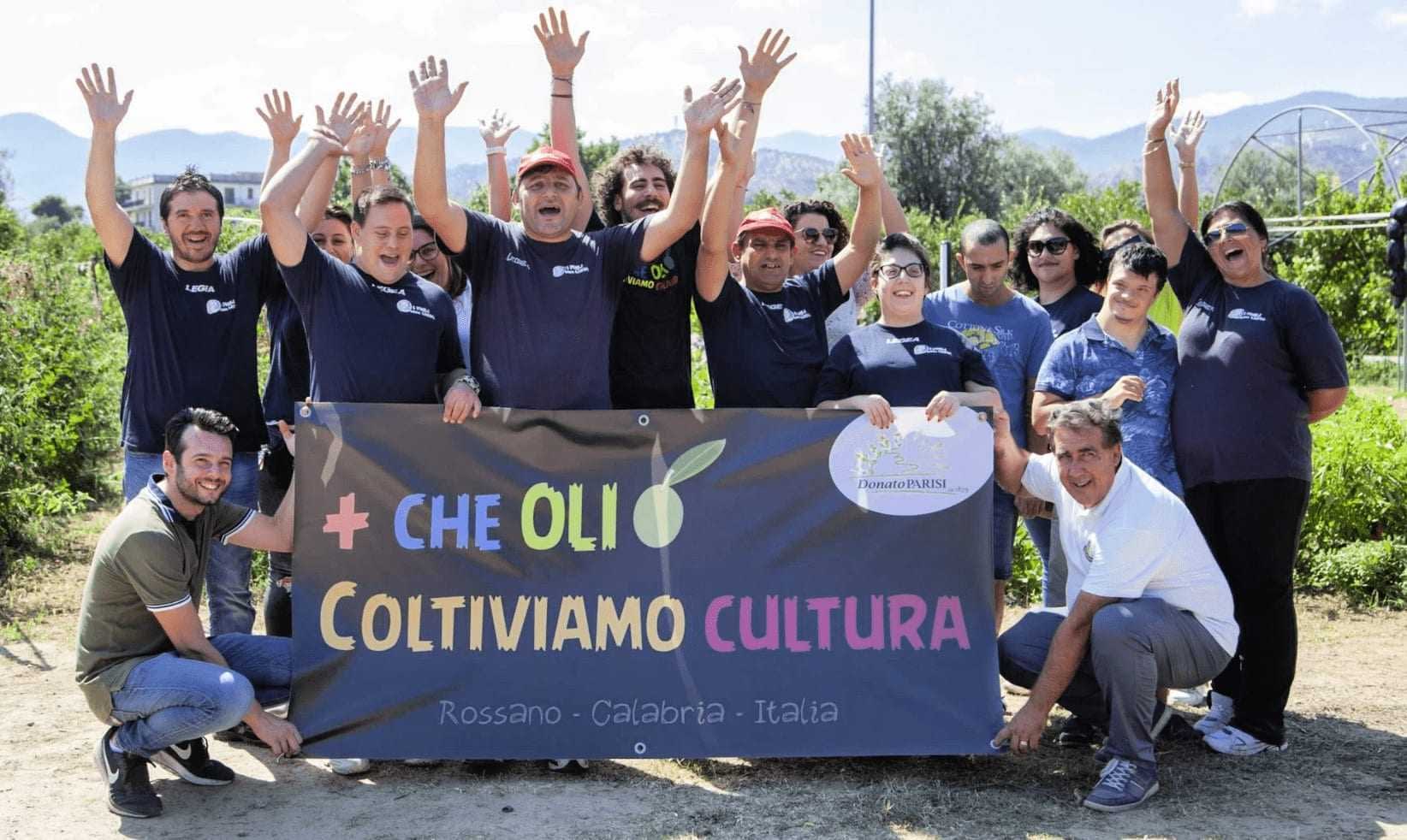
The team ta Parisi Donato. Photo courtesy of Enrico Parisi
Another small producer with a long history of olive oil making to succeed at the NYIOOC was Donato Parisi, in Rossano, which won a Gold Award.
“We are proud to have won the award with our 1879 Extra Blend olive oil,” owner Enrico Parisi told Olive Oil Times. “The name of our oil comes from the year the first olive oil maker in our family was born. You could look up his name in the Ellis Island registries because he emigrated to the United States and worked there.”
“When he came back, he was the American uncle for my family, with new ideas and goals, and he gave birth to our farm and to olive growing,” he added.
The Parisi family is proud of their history and believe this is manifested through the taste and quality of their oils. The core of their best olive oil – a blend made of three different olive varieties – is the Dolce di Rossano cultivar, an indigenous olive tree.
“All of these trees are ancient, up to 400 years old,” Parisi said. “Dolce di Rossano is a polyphenol-rich cultivar that must be carefully managed.”
“The olives are harvested with collector nets on the ground and handheld, long olive harvesters,” he added. “We usually begin the harvest in the very first days of October to maximize the tocopherol contents.”
However, the producer’s historical roots do not hinder the incorporation of new technology into the farm.
“We use two different Bosch probes to analyze the soil and the water consumption of our trees so as to balance their needs with the right water supply,” Parisi said. “One probe and a satellite monitoring service allows us to monitor the photosynthetic index and the quantity of biomass in the soil.”
The other cultivars that contribute to the oil are Nocellara and Tondina. To the experts of the 2020 NYIOOC panel, the 1879 Extra Blend offers tasting sensations of artichoke, radish, arugula and chicory.
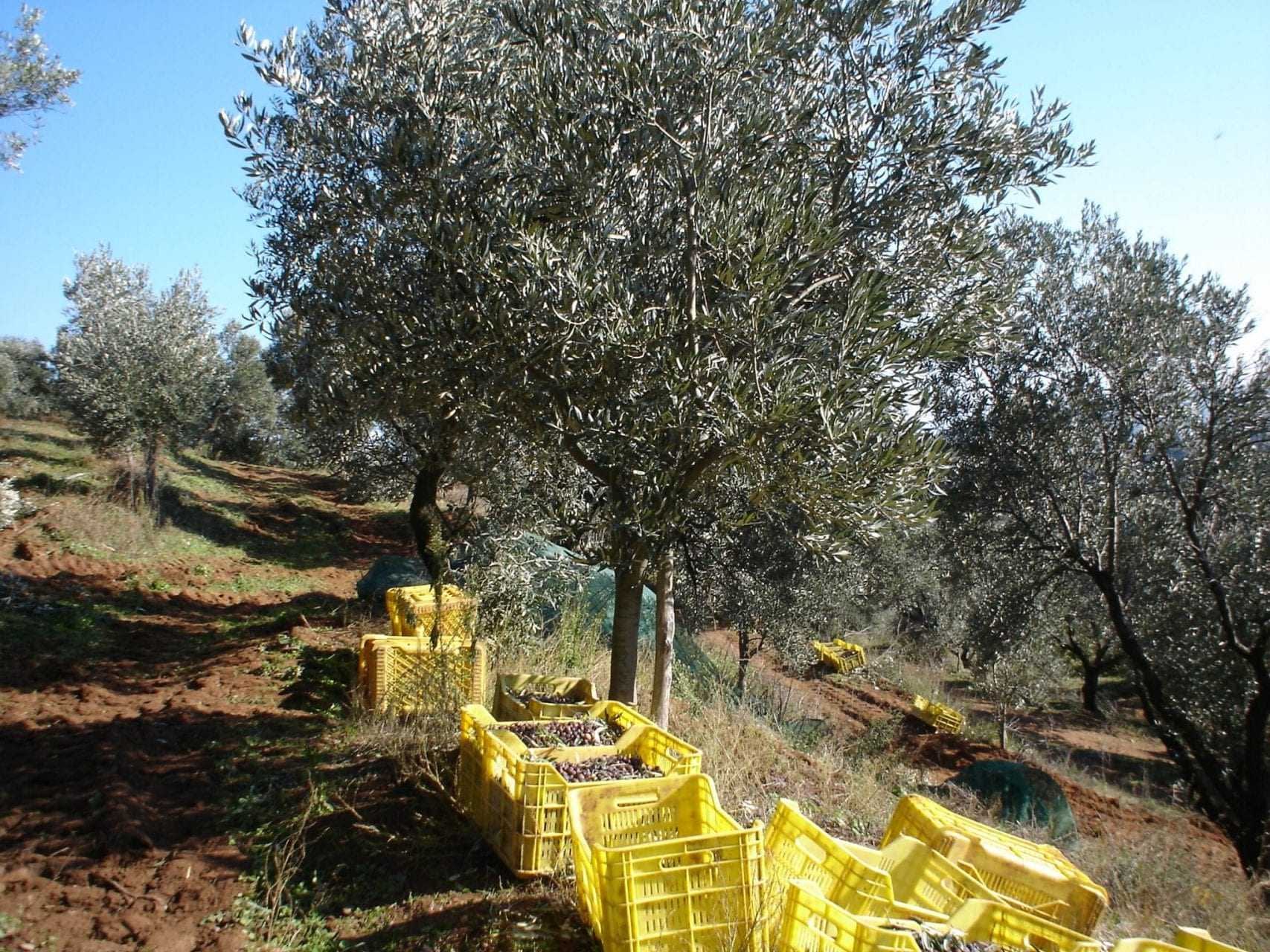
Harvesting for Azienda Agricola Arcobaleno’s award-winning Olio Frisinia
About 55 miles south of the groves of the Parisi family, the award-winning Azienda Agricola Arcobaleno produces its extra virgin olive oil, near the town of Squillace.
“Our farm is 450 meters (1,500 feet) above sea level, in a remote area, far away from any polluting source,” owner Anita Regenass Frisina told Olive Oil Times. “The right altitude, temperatures and exposure to the wind all contributes to the optimal growing of our plants: typical Mediterranean trees.”
Regenass Frisina earned a Silver Award for her Olio Frisina, a medium monovarietal.
“The oil comes from the Carolea cultivar, an olive tree variety that manifests its best qualities between the Ionian and Tyrrhenian seas,” said Regenass Frisina, who started producing olive oil in 1995.
Her company manages around 3,500 trees, which were planted by the family in recent years beside centuries-old trees. Regenass Frisina attributed part of her success to pairing these ancient trees and traditional harvesting techniques with modern technology.
“Our oil mill adopts the latest olive transformation technologies, with non-corrosive stainless steel tanks, controlled temperature and no contact with oxygen,” she said. “Harvesting is done manually and the olives are processed within two to three hours.”






